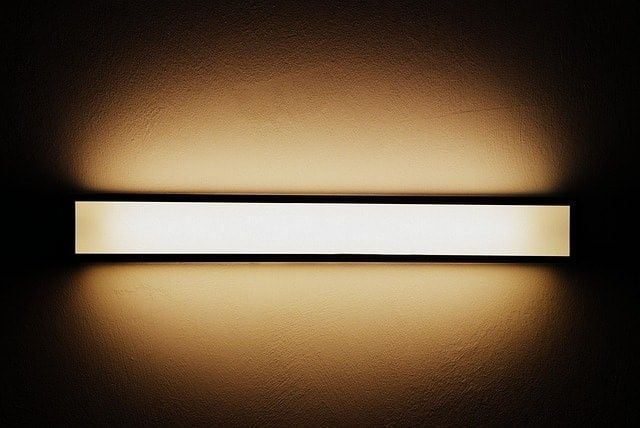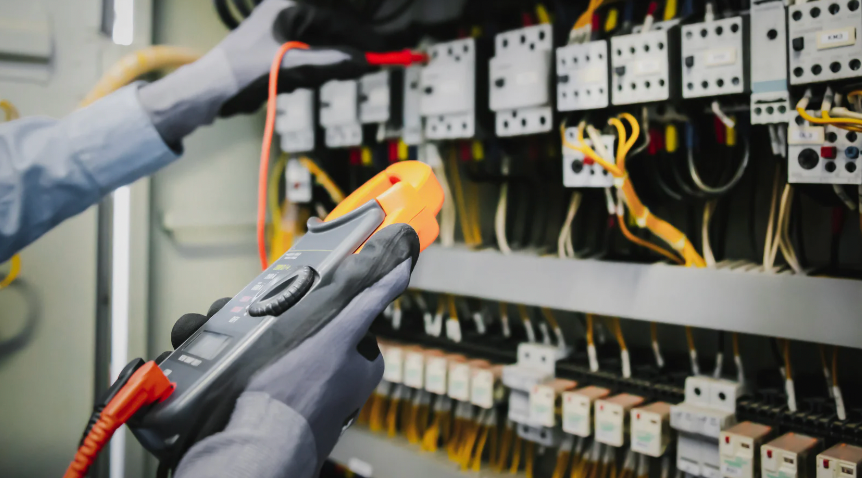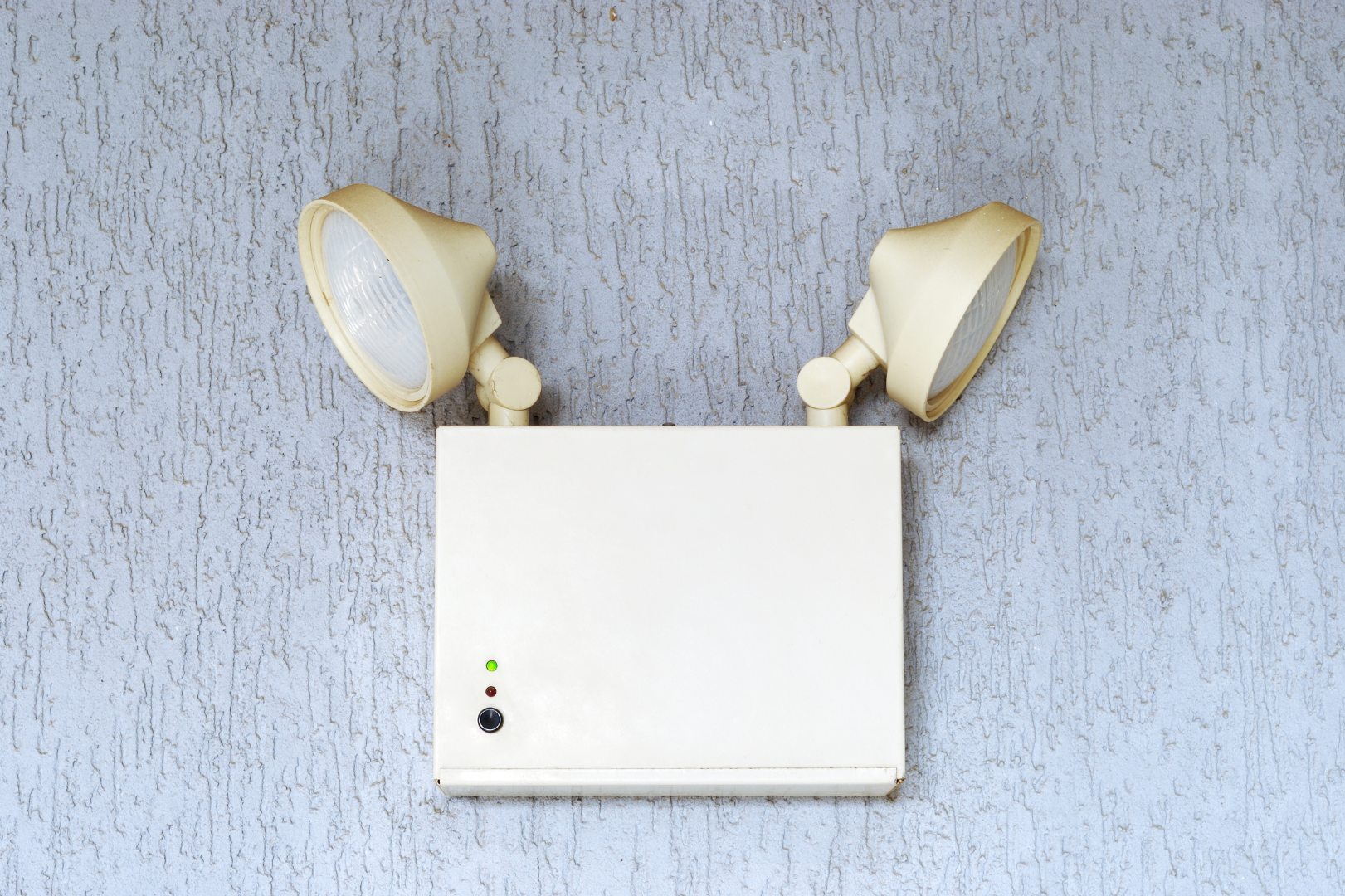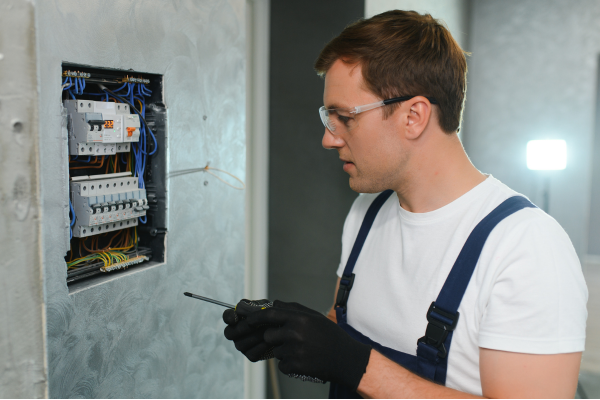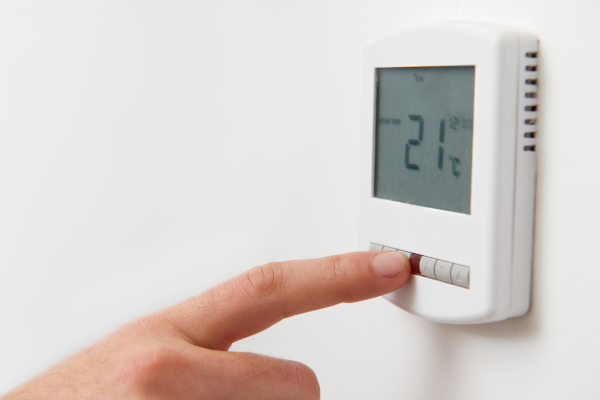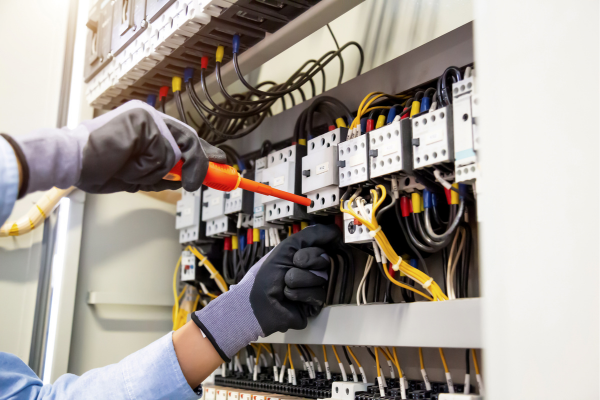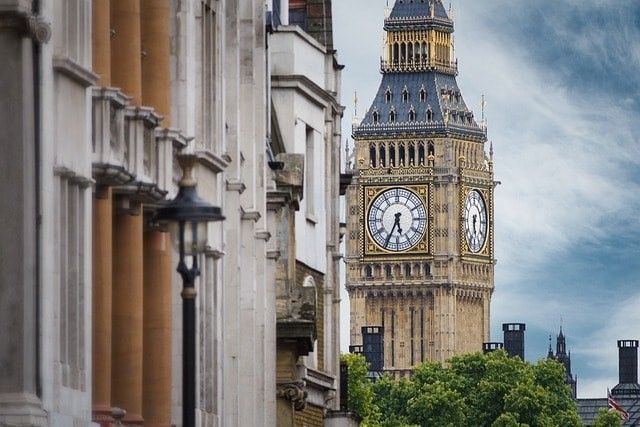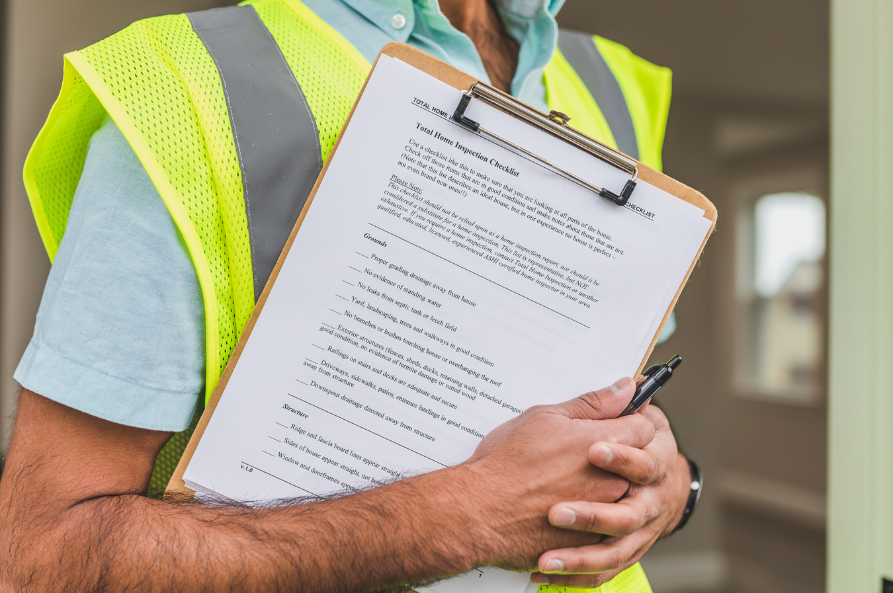
Emergency Lighting Regulations Explained: Protecting People and Properties
Introduction: Understanding Emergency Lighting Regulations
When it comes to the safety of individuals and the protection of properties, emergency lighting regulations play a pivotal role. These regulations ensure that buildings have sufficient emergency lighting to safeguard occupants during power failures or emergencies, such as fires. Proper installation and maintenance of emergency lighting systems are not just a legal requirement; they are essential for the overall safety and well-being of all in the building. This article will explore emergency lighting regulations in-depth, explaining how they work, what is required, and the different types of emergency lighting systems available to meet these standards.
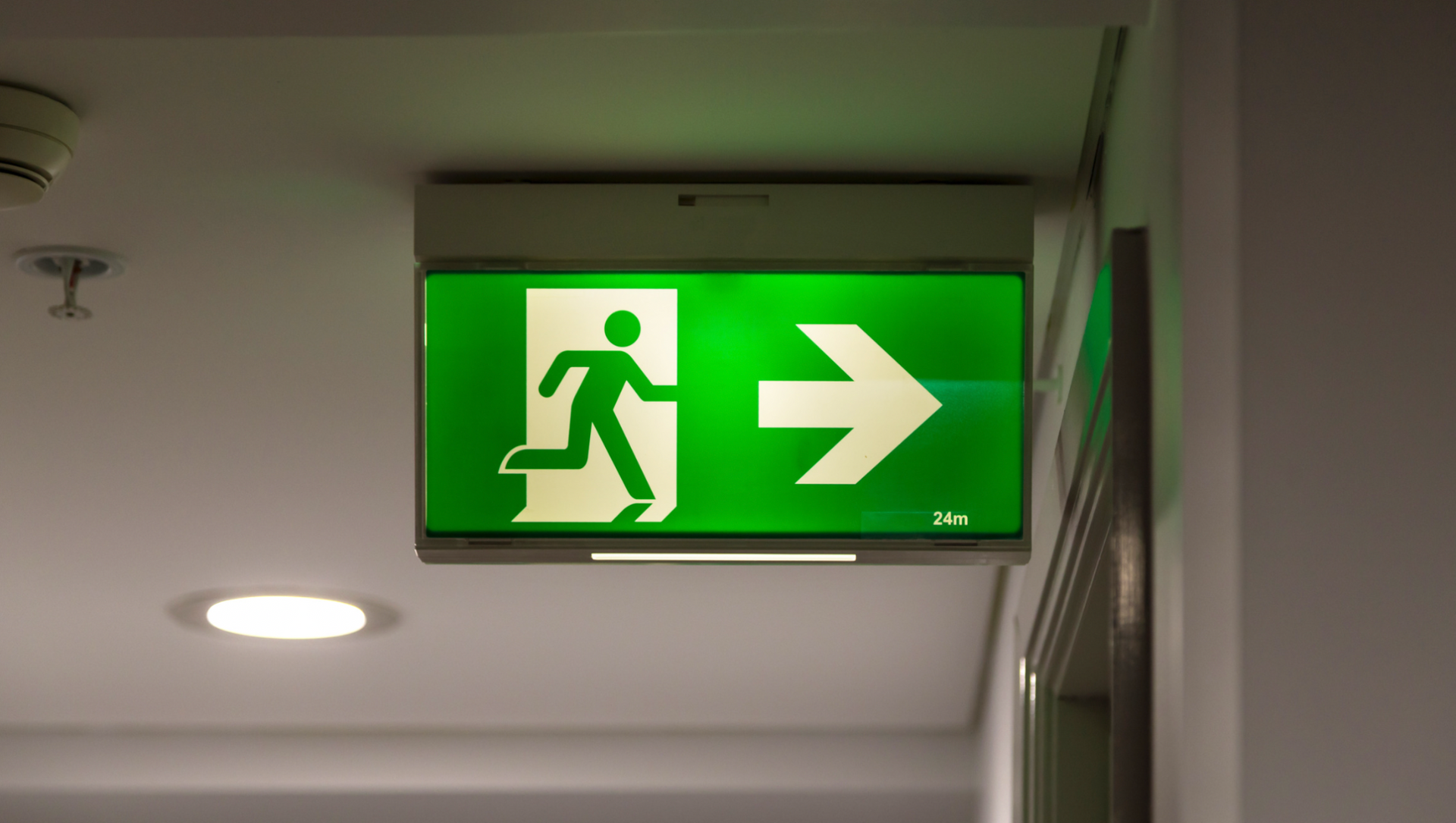
What is Emergency Lighting?
Emergency lighting refers to lighting systems that automatically activate during power failures or emergencies, ensuring that exit routes are visible. These systems are essential for guiding occupants safely out of buildings during an evacuation. Emergency lighting can be categorised into two types: maintained and non-maintained lighting.
- Maintained emergency lighting stays on at all times, functioning like regular lighting until an emergency occurs.
- Non-maintained emergency lighting only activates during a power failure, helping to indicate escape routes when the standard lighting system fails.
Why Emergency Lighting Regulations Matter
Emergency lighting regulations are designed to protect people by ensuring they can navigate escape routes safely in an emergency. These regulations help significantly prevent accidents and fatalities when visibility is compromised due to smoke, power outages, or other hazardous conditions. Property owners and employers create a safer environment by adhering to these rules, reducing risks associated with fire or other emergencies.
Key Emergency Lighting Regulations in the UK
The Regulatory Reform (Fire Safety) Order 2005 is one of the primary pieces of legislation that governs emergency lighting systems in commercial and residential properties in the UK. This order outlines that adequate emergency lighting is a requirement in any building where people might be at risk in an emergency. The key aspects of emergency lighting regulations include:
- Illuminated Fire Exit Signs: These signs must be clearly visible and direct people to the nearest exit. They should also be adequately illuminated during an emergency.
- Escape Route Lighting: Lighting along escape routes must be sufficient to ensure clear visibility of doors, corridors, and any potential hazards.
- Emergency Lighting Systems: The system must provide adequate illumination in areas where people may need to evacuate. The emergency escape lighting is critical in multi-storey buildings, where escape routes can be more complex.
- Emergency Lighting Testing and Maintenance: Regular testing is required to ensure emergency lighting functions correctly. This includes monthly tests by electricians to check for functionality and annual tests to ensure the entire system works as intended.
- Installation of Emergency Lighting: Emergency lighting must be installed in all buildings where it is required by law. This includes luminaires along escape routes, emergency exit doors, high-risk task areas, and electrical installations to ensure safety during power failures.
Types of Emergency Lighting Systems
Various emergency lighting systems are tailored to specific needs and environments. Some of the most common include:
- Central Battery System: A centralised power source that supplies emergency lighting across the building. This system is advantageous for large buildings with multiple exits and areas requiring illumination.
- Self-Contained Luminaires: These units are individual emergency lights that contain their power source. They are often used in smaller areas or as a backup.
- Combined Emergency Lighting: A system combining regular and emergency lighting into one unit, simplifying maintenance and reducing the need for extra hardware.
- Escape Route Lighting: Critical for guiding occupants to safety, escape route lighting must be installed along all escape routes, including corridors and staircases.
Emergency Lighting Requirements: What You Need to Know
The main goal of emergency lighting regulations is to ensure sufficient visibility during an emergency, even when standard lighting fails. Below are some specific requirements for emergency lighting installation and testing:
- Adequate Emergency Lighting: The lighting must be bright enough to help people find their way to safety. It must be installed in areas where power failure could endanger individuals, such as stairwells and hallways.
- Testing and Maintenance: Regular inspection and testing are essential to ensure emergency lighting functions correctly. A daily inspection is required to identify faults, while more extensive monthly and annual tests verify the entire system's integrity.
- Final Exit Lighting: Adequate lighting must illuminate exit doors and the final exit points to ensure a safe and clear path for evacuation.
- Power Supply and Backup: Emergency lighting must be powered by a reliable source, such as a central battery system, to ensure it remains functional during a power failure.
The Importance of Fire Safety and Emergency Lighting
Emergency lighting is an integral part of fire safety in any building. Fire safety provisions require that the building's emergency lighting be able to guide people to safety in the event of a fire or power outage. Fire alarm call points and fire fighting equipment must be marked with illuminated signs so people can quickly identify them during an emergency. Emergency escape lighting systems must also be connected to the fire alarm system to activate when needed.
The Role of the Responsible Person in Emergency Lighting
Under the Regulatory Reform (Fire Safety) Order, a "responsible person" must ensure that emergency lighting systems are in place and functioning. This person is typically the building owner or employer legally obligated to maintain the safety of the building and its occupants. The responsible person must conduct regular inspections, tests, and maintenance of the emergency lighting systems to ensure compliance with the regulations.
Emergency Lighting Installation and Testing Requirements
The installation of emergency lighting systems must adhere to strict guidelines and regulations. This includes the appropriate placement of emergency lights to provide adequate coverage for all escape routes. Regular testing ensures that the emergency lighting installed is functional when required. In the event of a power failure, the lighting system must activate immediately to provide clear illumination for safe evacuation. Additionally, fusebox repairs or replacement should be conducted to ensure the proper functioning of the electrical systems, supporting the reliability of emergency lighting.
The Future of Emergency Lighting Regulations
As technology advances, the future of emergency lighting regulations is also expected to evolve. Innovations, such as battery or wiring circuit advancements and low hardware equipment costs, will help improve the efficiency and cost-effectiveness of emergency lighting systems. Furthermore, innovative lighting technologies allow for better monitoring and maintenance of emergency lighting systems, ensuring compliance with all regulations while providing excellent safety.
Conclusion
Understanding emergency lighting regulations is crucial for ensuring the safety of both people and properties. These regulations are designed to provide clear, reliable lighting during emergencies, guiding occupants to safety and reducing the risk of accidents. Whether you are a building owner, employer, or safety manager, staying updated with the latest requirements for emergency lighting installation, maintenance, and testing is vital. Doing so can protect your building's occupants and comply with fire safety standards, making your property a safer place for everyone.
FAQs
What are the main types of emergency lighting systems?
The main types of emergency lighting systems are central battery systems, self-contained luminaires, and combined emergency lighting systems.
How often should emergency lighting be tested?
Emergency lighting should be tested daily for basic functionality, monthly for more comprehensive tests, and annually for a complete system check.
Is emergency lighting required for all buildings?
Emergency lighting is required in all buildings where occupants may be at risk, especially in public spaces, offices, and residential properties.
What is the role of the person responsible for emergency lighting regulations?
The responsible person ensures that emergency lighting systems are installed, maintained, and regularly tested to meet safety regulations.
How does emergency lighting contribute to fire safety?
Emergency lighting provides essential visibility during a fire or power outage. It helps people evacuate safely and ensures that emergency exits and firefighting equipment are visible.
What Our Clients Think
Our Testimonials


EV Charger in our garage & Fusebox With the associated wiring. He did a excellent job in ONE day He was friendly pleasant & helpful. I have no hesitation in recommending his company
Sunil

We've had the team work on two of our properties now, from more complex electrical working to spotlights. We've always been delivered with the service and quality! Would highly recommend if you're looking for a reliable service.
Lizzy Dring

Jordan was extremely professional from start to finish. Kept me updated as to when he would be able to come to save me hanging around all day and completed the certification quickly. Plus spotted that the fire alarms were out of date and managed to replace those on the same visit too
Chris White

Get in Touch
Get in Touch
We will get back to you as soon as possible.
Please try again later.
Whether it's a new light installation or rewiring in London, JRO Electrics is here to help.
Contact Information
Phone Number:
Email Us:
Quick Links
© Copyright 2025 | All Rights Reserved | JRO Electrics Ltd

